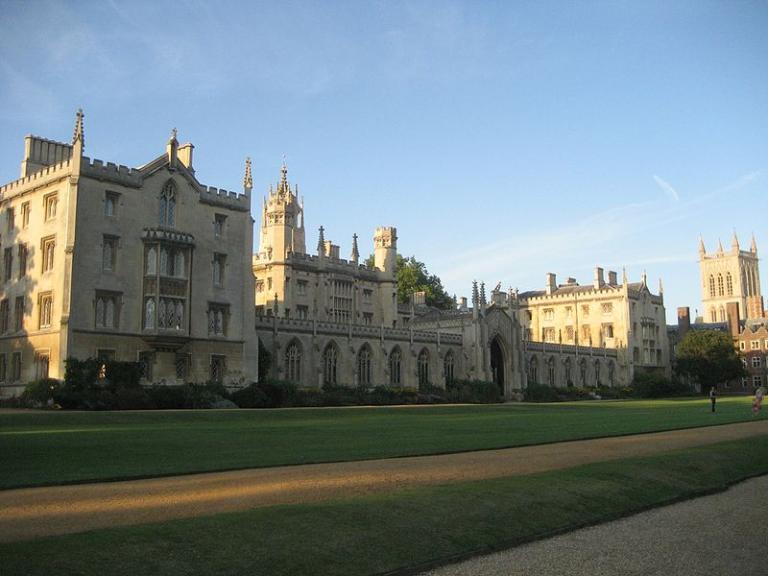
The British paleontologist Simon Conway Morris (1951-) established his international reputation on the basis of his studies of the fossilized fauna of the Burgess Shale and, not coincidentally, of the so-called “Cambrian Explosion.” (The Burgess Shale is located in the British Columbian portion of the Canadian Rockies.) Stephen Jay Gould’s bestselling 1989 book Wonderful Life made him relatively famous among non-specialists. However, in his own popular book on the subject, The Crucible of Creation (1998), he criticized Gould’s interpretation of his work.
Since 1995, Conway Morris has occupied the chair of Evolutionary Palaeobiology in the Department of Earth Sciences at the University of Cambridge. He was elected a Fellow of the Royal Society at the age of 39, was awarded the Walcott Medal of the National Academy of Sciences in 1987, received the Lyell Medal of the Geological Society of London in 1998, and delivered the Gifford Lectures for 2007 at the University of Edinburgh under the title of “Darwin’s Compass: How Evolution Discovers the Song of Creation.” Conway Morris is a Christian, and he has publicly affirmed his conviction that biological evolution is entirely compatible with belief in the existence of God.
In an article entitled “Simon Conway Morris forecasts the future,” which can be found at NewScientist.com (15 November 2006), a fictional future King of Sweden presents the 2056 Nobel Prize to a fictional “Professor Mortimer,” partly in the following words:
In a stroke of imaginative genius our understanding of consciousness was radically transformed, but in an entirely unexpected way. Critical clues came from diffuse nerve nets and, even more extraordinarily, plant neurobiology. Banished forever was the idea that the brain alone was the seat of consciousness. Rather, it is an ‘antenna’ embedded in a hyperdimensional matrix. The depths of reality are only now being uncovered, but now the springs of imagination, intuition, abstraction and even pre-cognition are revealed. What was once called the unreasonable effectiveness of mathematics was simply a clue to a superbly structured universe where mind is an integral component, instantiated at the big bang or maybe even before? Future exploration offers dizzying prospects, but we are not the first to venture forth. Far in advance of the emergence of human consciousness, innumerable galactic civilisations had slipped into what we now call the Mortimer Manifold.
A fascinating suggestion, I think, and well worth reflection. Such an idea is at the foundation of a multi-volume book project that I hope, someday, to complete.
Posted from Breckenridge, Colorado












